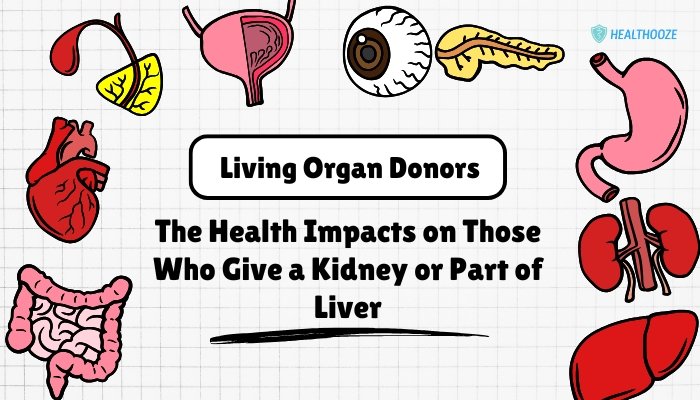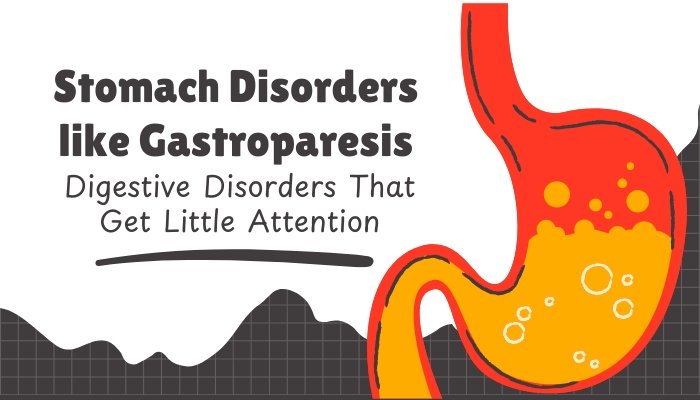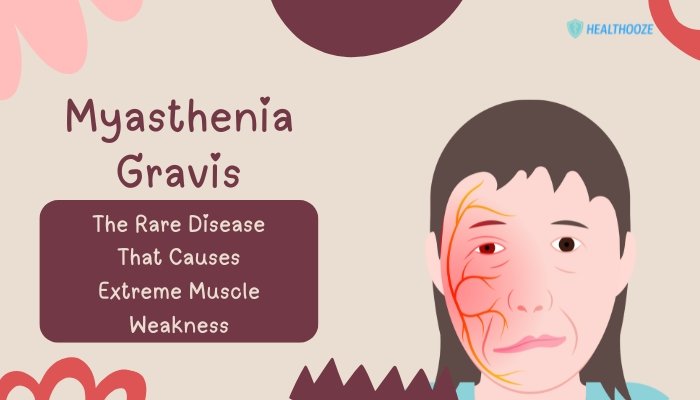Introduction
Living organ donation has transformed modern medicine by shortening transplant waiting times and improving survival for recipients. The two most common types are living kidney donation (one kidney is removed) and living liver donation (a segment of the liver is removed for transplantation). These procedures save lives, yet they involve major surgery in healthy people. Understanding the health impacts on donors is essential for ethical practice and informed consent.
Why People Donate
People usually donate to a family member, friend, or occasionally to a stranger (non-directed altruistic donation). Motivations include:
- Saving or improving the life of a loved one
- Altruism and personal fulfillment
- Cultural or religious reasons
- Belief in reciprocity or community service
Donors undergo extensive medical and psychosocial screening to minimize risk, but no surgery is risk-free.
Health Impacts of Living Kidney Donation
Short-Term Surgical Risks
Kidney donation is usually done by laparoscopic nephrectomy, which reduces pain and recovery time. However, risks include:
- Surgical complications (1–2% major complications, <0.05% mortality)
- Bleeding, infection, injury to adjacent organs
- Postoperative pain and fatigue
Most donors are discharged within 2–5 days and return to normal activity in 4–6 weeks.
Long-Term Kidney Function
After donation, the remaining kidney undergoes compensatory hypertrophy. Research shows:
- Slight fall in glomerular filtration rate (GFR), usually stabilizing at 60–80 mL/min/1.73 m²
- Increased risk of hypertension and mild proteinuria compared with matched healthy controls
- Absolute risk of end-stage kidney disease (ESKD) remains low (roughly 30 per 10,000 donors at 15 years vs 10 per 10,000 in matched non-donors)
Risk is higher in donors with borderline kidney function, obesity, or family history of kidney disease, which is why strict criteria are used.
Cardiovascular and Mortality Outcomes
Most large cohort studies show no increase in all-cause mortality compared with the general population, but some show a slight increase in cardiovascular events in higher-risk subgroups. Lifestyle factors—blood pressure control, maintaining a healthy weight, and avoiding nephrotoxins—become more important after donation.
Quality of Life and Psychosocial Effects
Most kidney donors report high satisfaction and improved self-esteem. However, up to 5–10% experience:
- Post-donation depression or anxiety
- Financial stress from time off work
- Relationship strain if the recipient outcome is poor
These highlight the need for pre-donation counseling and post-donation support.
Health Impacts of Living Liver Donation
Surgical Procedure and Risks
Living liver donation involves removing a segment—usually the right lobe for adults or the left lateral segment for pediatric recipients. Because the liver regenerates, both donor and recipient can end up with near-normal liver volumes. Yet it is a more complex and higher-risk procedure than kidney donation:
- Major complication rate: 15–30% (bile leaks, infections, bleeding)
- Mortality risk: approximately 0.1–0.5% worldwide
- Hospital stay: typically 7–10 days, with full recovery taking 2–3 months
Long-Term Liver Health
Most donors recover full liver function within 6–12 weeks due to the organ’s regenerative capacity. Long-term studies show:
- Normal liver function tests in the vast majority after 1 year
- Small risk of persistent biliary strictures or incisional hernia
- Very low rates of chronic liver disease in properly screened donors
However, donors must maintain healthy lifestyles (avoid heavy alcohol use, manage weight) to protect their remaining liver tissue.
Impact on Daily Life and Work
Living liver donors often face longer recovery times and greater temporary disability than kidney donors. They may experience:
- Fatigue and reduced physical capacity for several weeks
- Abdominal discomfort or altered body image from scars
- Financial implications due to extended time off work
Psychosocial support and adequate insurance coverage are crucial.
Psychological and Emotional Outcomes
Most donors describe profound personal satisfaction. Nevertheless, emotional distress can occur, especially if:
- The recipient dies or graft fails
- Donors feel inadequately supported by healthcare systems
- Cultural stigma or family conflict arises
Structured follow-up programs can mitigate these effects.
Factors Influencing Donor Outcomes
- Pre-Existing Health – Older age, obesity, borderline hypertension, or subtle liver or kidney abnormalities increase risk.
- Type of Donation – Liver donation carries higher short-term risk; kidney donation carries lower short-term but lifelong renal risk.
- Healthcare Infrastructure – Centers with high experience have lower complication rates.
- Post-Donation Follow-Up – Regular health checks, mental health support, and lifestyle counseling improve long-term outcomes.
Ethical and Policy Considerations
- Informed Consent: Donors must be counseled about immediate and lifelong risks, alternative treatments for the recipient, and potential psychosocial impacts.
- Donor Protection Laws: Many countries provide job protection, insurance coverage, and medical follow-up for donors.
- Long-Term Surveillance: National donor registries (like in the US and Europe) monitor outcomes to improve safety.
- Financial Neutrality: Donors should not bear unreimbursed expenses; travel, lodging, and wage losses should be compensated to avoid coercion or inequity.
Strategies to Minimize Health Impacts
- Rigorous Screening: Comprehensive medical and psychological evaluation to exclude high-risk donors.
- Minimally Invasive Techniques: Laparoscopic or robotic approaches reduce pain and recovery time.
- Standardized Follow-Up: Annual check-ups for blood pressure, kidney/liver function, and mental health.
- Lifestyle Counseling: Weight management, alcohol moderation, and nephrotoxin avoidance post-donation.
- Peer Support Networks: Connecting donors with others who have undergone similar experiences improves coping and satisfaction.
Conclusion
Living organ donation is a remarkable act of altruism that saves thousands of lives annually. For kidney donors, short-term surgical risks are low, and long-term kidney function remains sufficient for normal life, though vigilance for hypertension and proteinuria is essential. For liver donors, the liver’s regenerative capacity allows near-complete recovery, but the surgery carries higher short-term complication rates and requires longer convalescence.
Both groups may face emotional, social, and financial challenges, underscoring the need for comprehensive pre-donation counseling, robust perioperative care, and lifelong follow-up. When performed at experienced centers with proper safeguards, living organ donation is generally safe and yields high donor satisfaction. Still, continuous data collection and policy support are crucial to further reduce risks and protect those who give part of themselves to save another.
References
- Muzaale AD et al. “Risk of End-Stage Renal Disease Following Live Kidney Donation.” JAMA. 2014;311(6):579–586.
- Segev DL et al. “Perioperative Mortality and Long-Term Survival Following Live Kidney Donation.” JAMA. 2010;303(10):959–966.
- Matas AJ, Ibrahim HN. “Long-Term Outcomes of Kidney Donors.” Curr Transplant Rep. 2021;8:1–8.
- Hong SK et al. “Living Liver Donor Morbidity and Mortality in a Single Center Experience.” Liver Transpl. 2020;26(6):725–734.
- Abecassis M et al. “Consensus Statement on the Live Organ Donor.” JAMA. 2000;284(22):2919–2926.







